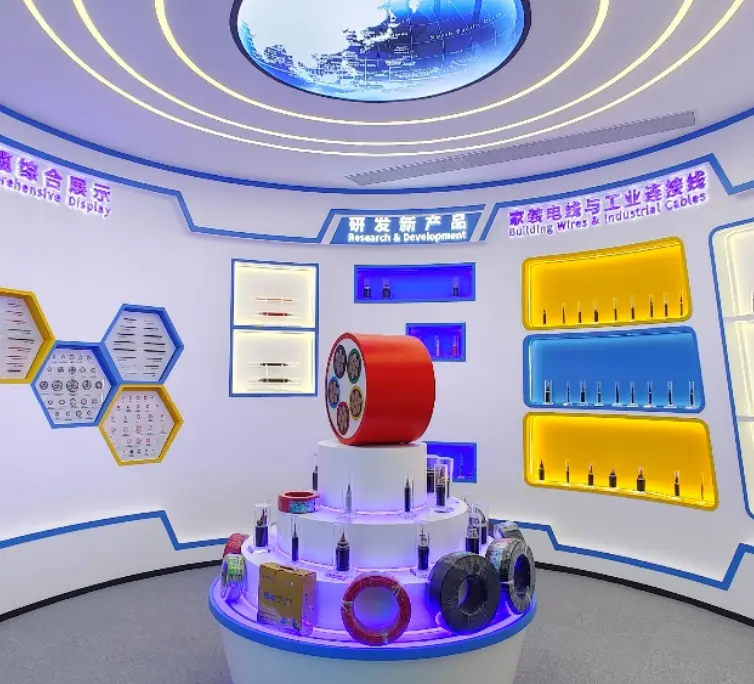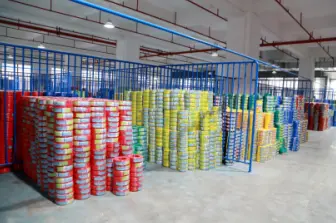What is Aerial Power Cable? Is It Dangerous?
Aerial cables are arguably one of the most popular types of cables. We often see it meandering seamlessly over homes without us noticing it. Typically, this type of cable transmits data or power between various residential buildings. Considering the high value of electricity and data in modern society, you should be very familiar with aerial power cables.
1. What does aerial power cable mean?
In general, the term "overhead" means overhead or in the sky. So, in simple terms, an aerial power cable is any cable that you can install overhead. Anyone with little knowledge of cables can probably assume that any wire is suitable for overhead installation. Such assumptions are wrong. Several key properties of aerial power cables make them ideal for "over the air" setups. Any attempt to use standard wire instead of actual overhead wire will not end in a good way.
For a long time, copper has also been one of the materials for overhead power cables. More recently, however, aluminum has replaced copper as the ideal conductor material. This change is largely attributable to aluminum's affordability and relatively light weight. These two characteristics have important implications for the cable in question.
The conductivity of aluminum is generally about 50% lower than that of copper. Nevertheless, Chinese cable manufacturers make up for this by using larger diameter conductors. As is the case with standard cables, an increase in the diameter of the conductor increases its overall conductivity. Therefore, even though aluminum is a relatively poor conductor, the overall conductivity of aerial power cables is quite high. Other key features of this cable type include:
High tensile strength to withstand the extreme mechanical stress associated with ground installation Relatively low weight per unit volume compared to underground cables Low wire cost without any compromise on its critical properties.
2. Are aerial power cables dangerous?
Aerial cables are dangerous if you fail to install them the right way. Over the years, several deaths and injuries have occurred as a result of direct contact of individuals with live overhead power lines. This often occurs when people are working on tall vehicles and long equipment close to overhead mounts. It is best to avoid working near live aerial power cables to avoid this unfortunate situation. Still, if you must work in such an environment, turn off any power delivery. Often, there are systems alongside these cables that allow you or any other operator to control the power delivery.
Latest News & Blog
 English
English  français
français  Deutsch
Deutsch  العربية
العربية  tiếng việt
tiếng việt  ไทย
ไทย  čeština
čeština  Indonesia
Indonesia  Eesti
Eesti  български
български  slovenčina
slovenčina 



